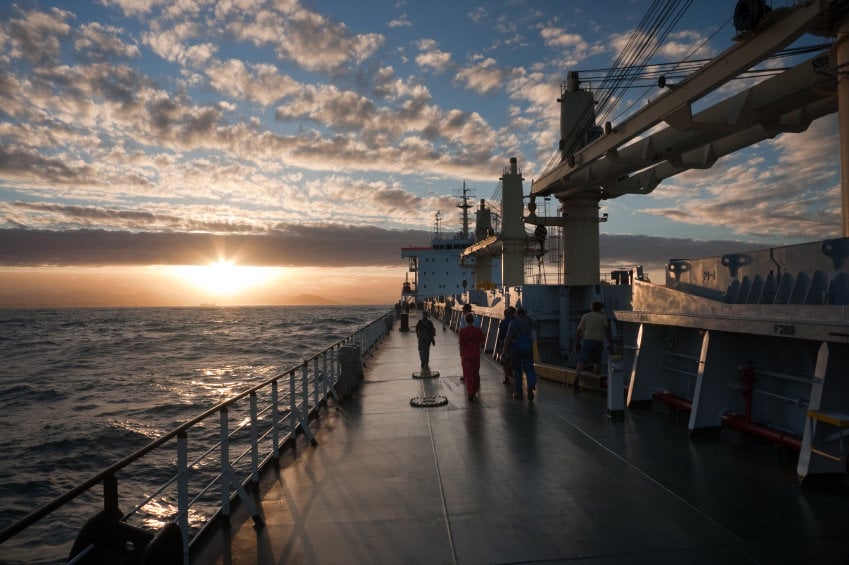The economic collapse in September 2008 is considered by many economists to have been the worst financial crisis since the Great Depression. It cost the United States an estimated $648 billion due to slower economic growth and federal government spending to mitigate the financial crisis through the ‘Troubled Asset Relief Program’ has resulted in a net cost to taxpayers of $73 billion. The bottom line, the United States lost $3.4 trillion in real estate wealth in less than 8 months. However, real estate was not the only industry which got effected by this financial depression.
The shipping industry was affected, too, starting around 2003, and the effects are still being felt hard today. For the 5-year-period between 2003 and 2008, the shipping industry has enjoyed one of the most prosperous times in its history. To put into numbers, an average dry bulk ship earned $39,000 per day in 2004 and around $50,000 per day in 2008. For the comparison, these numbers were below $10,000 per day before the 1990s. Naturally, the revenue generated during this peak season drove up the values of the assets, too. The shipping industry has become one of the most profitable business industries in the world, and an average cargo vessel value has jumped almost 600% in 5 years.
In this blog post, we will focus on where the things started to turn upside down, instead of why things in the shipping industry became so good after the period described above.
Conditions in the Shipping Industry Were Really Great before the 2008 Crisis
It’s logical to invest in your assets and increase the capacity of your business when your industry is growing. That is exactly what all the shipping companies did. Container ship orders hit a record-breaking level in July 2008 with the combined volume of 7 million TEUs in new orders, which was 60% of the total capacity of the entire industry at the time. Especially with China exporting mass quantities of new products, ship builders were racing to produce more vessels.
The Baltic Dry Index, on the other hand, which tracks the costs of shipping dry goods such as iron ore, coal and grain around the world, hit an all-time high at the end of 2007 with a 154% increase from a year earlier.
How the Financial Crisis in the Shipping Industry is Progressing
When everything was going great in this boom session, the 2008 crisis was a wake-up call. The shipping industry found itself in the center of a global financial crisis, while the supply of ships already exceeded the demand for ships. Ocean carriers and charter ship owners started to realize that larger vessels and ‘economy of scale’ mean nothing without the balance between supply and demand. They immediately imposed a buying freeze to control the capacity in order to revive plunging freight rates and survive from the shrinking cargo volumes in early 2009. Ship builders didn’t receive any new orders for months and the container ship order book decreased consistently until 2013. This sudden realization was obviously a late decision to save an entire industry, which has become a huge snowball rolling downhill.
Regardless of these perilous conditions, the shipping industry survived its first major capacity crisis with relatively low damage compared to the overall size of the industry. Additionally, global trade fluctuations also concealed the main problem and blinded shipping companies. Just few years later, ocean carriers and vessel owners started to order even larger vessels in order to grow market share. The top 25 largest container ships ever built were delivered by ship builders between 2013 and 2015.
When supply exceeded demand on a large scale, freight rates and values of the vessels hit the lowest levels in years. It created an unbearable financial distress. The global shipping industry couldn’t absorb the costs of the huge volume of new ships ordered during the last decade and started to break down.
As you know, Hanjin Shipping recently became the first carrier headed for bankruptcy, but was their crisis enough to protect others in the industry? Hanjin’s market share was only 2.9% and it seems the overcapacity in the industry is much larger. Shipping companies are merging and forming alliances to survive, but unfortunately, we might see more collapses in upcoming days and weeks.
- 82shares
- 59Facebook




